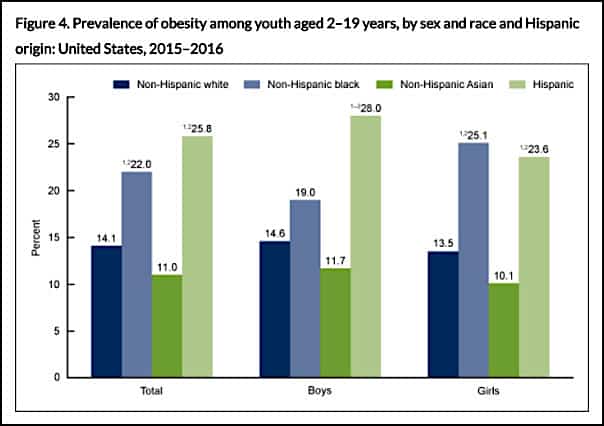
In 1966, speaking to the press before addressing the Medical Committee for Human Rights, Dr. Martin Luther King Jr. said something that is often slightly misquoted, but this is the correct version:
Of all the forms of inequality, injustice in health is the most shocking and the most inhuman because it often results in physical death.
Half a century later, Dr. Joe Herbert wrote “The Scandal of Inequality and Its Effect on Mental Health,” in which he says that the difference between rich and poor is wider in the United States than in any European country:
The top 1 percent now has about a fifth of the total income: an average salary of around $6.7 million. For the bottom 90 percent, it’s $34,000.
Income, or more to the point, poverty, is very much linked to race in America. Dr. Herbert says that when people feel entitled to call themselves civilized, sophisticated and caring — as Americans do — “there is a point at which inequality becomes morally and ethically unacceptable.”
A comprehensive study encompassing the years 1999-2016 threw light on some important tendencies and trends. Several co-authors pored over data from the National Health and Nutrition Examination Survey (NHANES) and added to the general fund of knowledge by detailing the prevalence of America’s obesity (and severe obesity), according to age and race/ethnicity. Here is a frightening quotation:
Despite significant public health initiatives, obesity and severe obesity continue to increase, with a sharp increase being noted in preschool-aged children.
This is of course so alarming because the earlier a child starts to become overweight, the more difficult it is to reverse. It’s great for kids to have a head start in many areas of life, but not gaining weight.
In this study of a decade’s worth of information, the researchers found that “White and Asian American children have significantly lower rates of obesity than African American children, Hispanic children, or children of other races.” In their Conclusions, the team wrote,
Groups that are historically disenfranchised are affected the most by this epidemic, predicting increased morbidity across a lifetime.
They also pointed out that, sadly, everybody’s numbers had increased since the last cycle, and furthermore, any previously reported improvements in the stats for younger children could not be relied upon as they were “either an anomaly or transient.”
Another team studied only the last two years of that cycle, 2015-2016. They sorted people into sub-groups, and found:
The overall prevalence of obesity was higher among non-Hispanic black and Hispanic adults than among non-Hispanic white and non-Hispanic Asian adults. The same pattern was seen among youth.
Compared to a white kid, a young person of Hispanic ancestry is about twice as likely to be obese, and that goes for girls as well as boys. Sometimes it is helpful to state a thing in more than one way, so here are alternatives from another source:
25.8%, or more than one in four Latino children ages 2 to 19 had obesity.
22.0% of Black children ages 2 to 19 had obesity
White children had a lower prevalence of obesity (14.1%)
In September of last year, Fortune.com reported,
According to the most recent National Health and Nutrition Examination Survey (NHANES), 18.5 percent of children and 39.6 percent of adults had obesity in 2015-2016. These are the highest rates ever documented by NHANES. Those numbers suggest more than 93 million Americans are obese.
Your responses and feedback are welcome!
Source: “Getting Martin Luther King’s words right,” PNHP.org, February 2018
Source: “The Scandal of Inequality and Its Effect on Mental Health,” PsychologyToday.com, 11/17/18
Source: “Prevalence of Obesity and Severe Obesity in US Children, 1999–2016,”
Munideporte.com, 11/30/17
Source: “Prevalence of Obesity Among Adults and Youth: United States, 2015-2016,” CDC.gov, October 2017
Source: “National Obesity Rates & Trends,” StateOfObesity.org
Source: “A Startling New Report on America’s Obesity Problem,” Fortune.com, 09/14/18
Image by CDC

 FAQs and Media Requests:
FAQs and Media Requests: 











